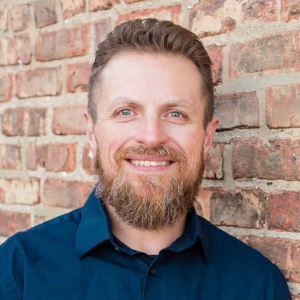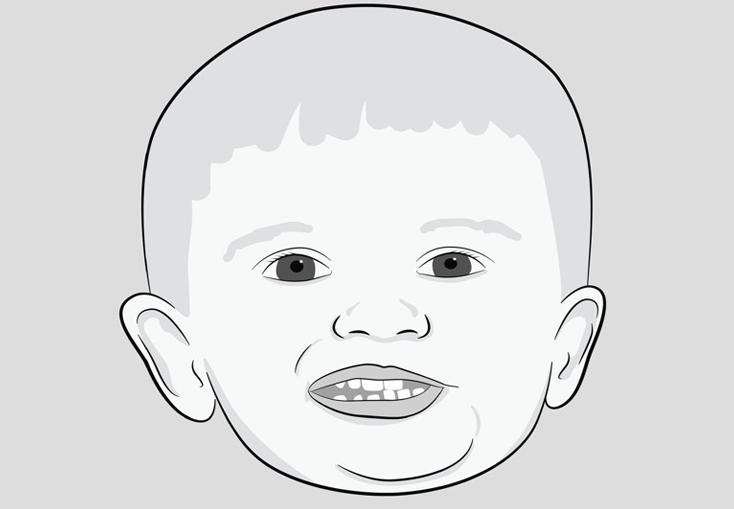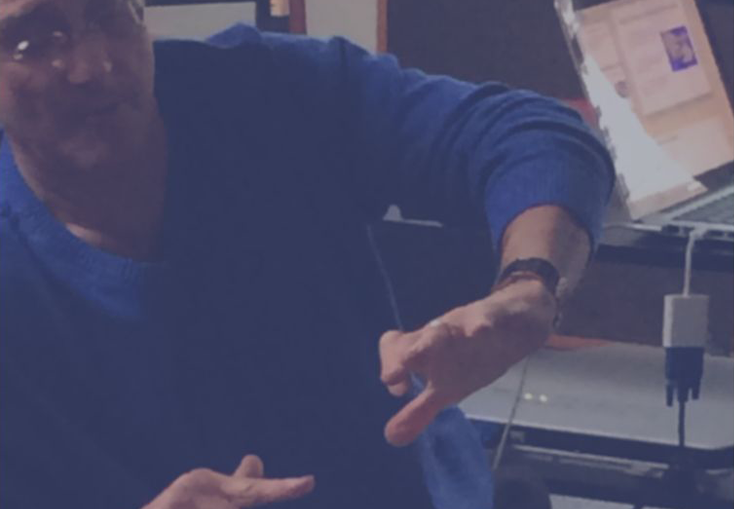
Tongue-Tie & Palate Evaluation Procedures
Tongue-Tie & Palate Evaluation: Essential Cranial Procedures for the Chiropractic Practice
Tongue-tie (ankyloglossia) and palatal distortions can have a profound impact on cranial development, airway function, latching, speech, posture, and neurological integration—especially in infants and young children.
In this targeted online course, you’ll learn how to accurately evaluate and address tongue-tie and palate imbalances using safe, gentle, and effective cranial techniques. You’ll gain insight into how oral and cranial restrictions affect the entire body—and how to support optimal outcomes through chiropractic care.
This training empowers chiropractors to play a critical role in identifying dysfunctions early, guiding parents through care options, and offering structural corrections that often reduce the need for more invasive procedures.
What You’ll Learn
- Detailed evaluation protocols for tongue, lip, and buccal ties
- Visual and manual assessment strategies for high, narrow, or distorted palates
- Step-by-step cranial techniques to support palate expansion and normalize oral function
- How to recognize compensatory patterns affecting the jaw, cranium, and spine
- Guidance for collaboration with other birth and oral health professionals
Resources Provided
- Video class modules
- Evaluation & technique presentations
- Practical demonstrations
- Calls to action (CTAs)
- Complete PDF workbooks
- Full transcriptions of video classes
- Email access to Dr. Rosen & Dr. Watson
Why Take This Course?
- Early identification and correction of tongue-tie and palate issues can prevent long-term problems with feeding, breathing, speech, and neurological development
- Chiropractors are uniquely positioned to identify structural dysfunctions that are often overlooked in traditional screenings
- Hands-on protocols you can implement immediately to support both infants and children in your practice
Who Is This Course For?
Chiropractors who want to:
- Elevate their pediatric care with advanced cranial and oral assessment tools
- Provide non-invasive support to families navigating tethered oral tissue diagnoses
- Integrate functional cranial corrections into a neurologically-based chiropractic practice
Tongue-tie and palate distortions don’t just affect the mouth—they influence the entire cranial and spinal system. This course gives you the tools to assess and address these patterns confidently, improving outcomes for your youngest patients and their families.
Course Contents
12 Modules | 12 CTAs
Class 1 – Cranial Anatomy and Landmarks
Class 2 – Cranial Bone Motion
Class 3 – The Dural Meningeal System and CSF
Class 4 – Anatomy and Movement of the Palate
Class 5 – Evaluation of the Palate
Class 6 – Dural Meningeal Evaluation of the Palate
Class 7 – Palate Distortions and Cranial Bone Relationships
Class 8 – Corrections for Palate Distortions
Class 9 – Sphenobasilar Mechanics and Evaluation
Class 10 – Palate Corrections and Fruit Jar Techniques
Class 11 – Tongue-Tie
Class 12 – Palate Contacts for Intra-Oral Corrections and the Sphenomaxillary Suture
Meet the Instructors
As early as first quarter in chiropractic school they were attracted to each other’s commitment to chiropractic and the pursuit of excellence. Their combined 80 years of personal and clinical and teaching experience, in delivering the chiropractic adjustment is unparalleled in the chiropractic profession. Their international outreach through teaching, writing and lecturing has been a driving force in their personal and professional careers since their first seminar taught together as students, in 1979.
Their years of experience have taught them what works and what does not work to create a successful practice and lifestyle. The more competent and comprehensive your expertise you will find that more patients will seek your services and your practice will grow exponentially.









